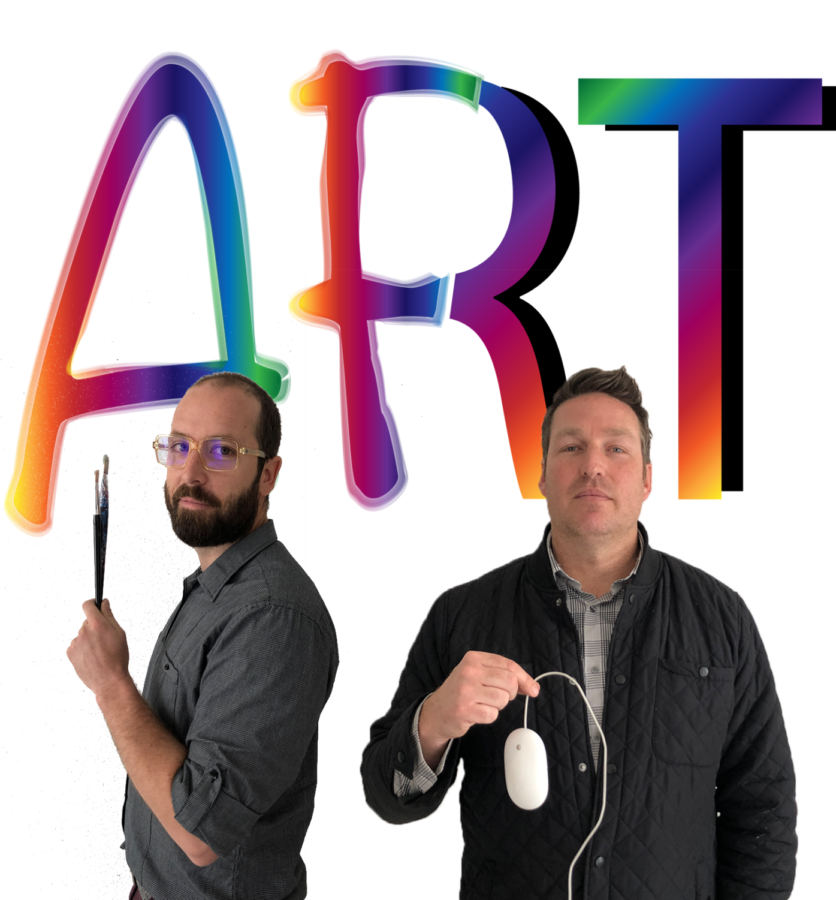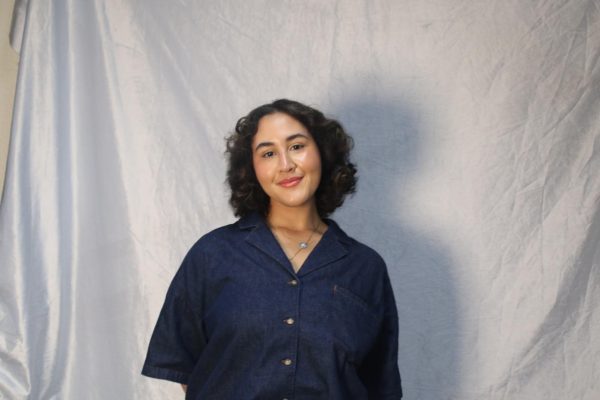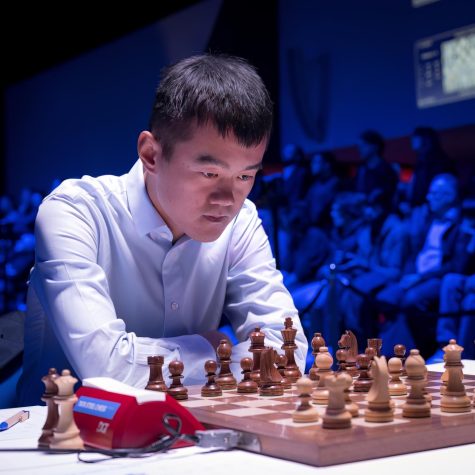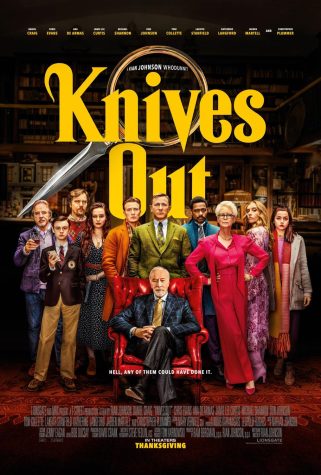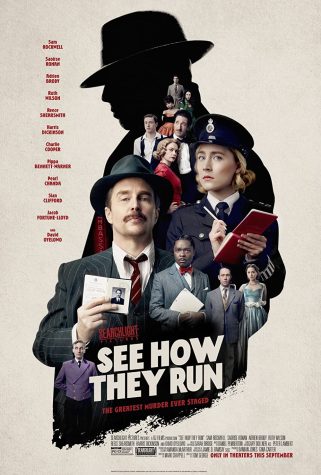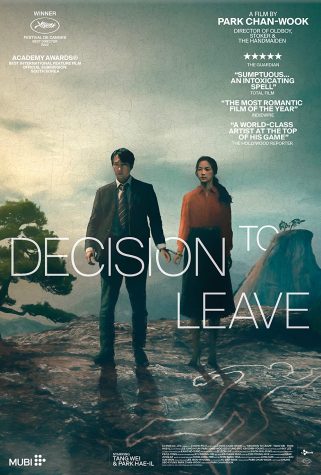The Traditional and Digital Arts: A look at the CAHS art teachers
CAHS students are required to take one VAPA (Visual and Performing Arts) course in order to graduate, and there are many choices. Mr. Michael McGaugh teaches Art 1, Art 2, Advanced Art and next year’s AP Art Studio. Mr. Barak Smith teaches classes such as Classical Design Studio, Digital Art, Photography and Journalism.
“Art challenges us to see the world as artists do. We tap into the beauty of life, the order and chaos. Art challenges us to use our imagination and express it in visual form. It’s a way to communicate our highest ideas and feelings that just can’t be said with words alone,” McGaugh said.
Mr. McGaugh really got into art during his time in college. “My professor at Palomar [College] influenced me more than any other since. He opened my eyes to what art really is and what it can be… which was so much bigger than my idea of art in high school. Recreating this feeling for other people is what interested me the most about teaching art.”
While art is usually considered to be one of the more fun subjects, that doesn’t mean it doesn’t take skill and dedication, and like all walks of life, the process isn’t always sunshine and rainbows. “It’s super rewarding to develop your skills. It feels great to work hard at something and see real progress. BUT there is also a common misconception that gets repeated over and over…that art is supposed to be fun all the time. Art certainly can often be fun, very fun, but it can also be frustrating and difficult,” McGaugh said.
“It takes a level of dedication to get good at anything, really. Take snowboarding for example. Snowboarding is super fun, except when you’re learning how to snowboard for the first time! When you get the hang of it, it becomes enjoyable… Those making the most progress at anything aren’t in it for ‘fun,’ they’re in it for the challenge and a bigger payoff.”
Mr. Barak Smith teaches a different kind of art class. “I think [Digital Art] is a class where students learn a lot of information but they learn it in a fun way and since they’re learning about art they aren’t really realizing how much they are learning… It’s a very complex program that they’re learning. It’s the industry standard, it’s what artists and graphic designers use in the real world, so high school students don’t realize that’s … it’s something that is completely transferable to the real world marketplace.”
Mr. Smith had a different introduction into the world of art. “I fell into it right after college. I substitute taught and immediately fell into a long term gig… I went into a night class and finished up my teaching credential, but I already had my bachelors in visual arts, so that was an easy move,” Smith said.
Mr. Smith enjoys teaching more modern projects in his Digital Art class. “I love teaching the low poly portrait which is in Digital Art… it’s very cool it’s very current, it’s what in right now … What I really love doing right now is teaching … kids how to use a vinyl to do vinyl cuttings so they can vinyl cut t-shirts …I like teaching those things so they can make a product with it,” Smith said.
While both teachers may teach different forms of art, both hope to help people achieve their artistic goal and help people find their artistic passion.


